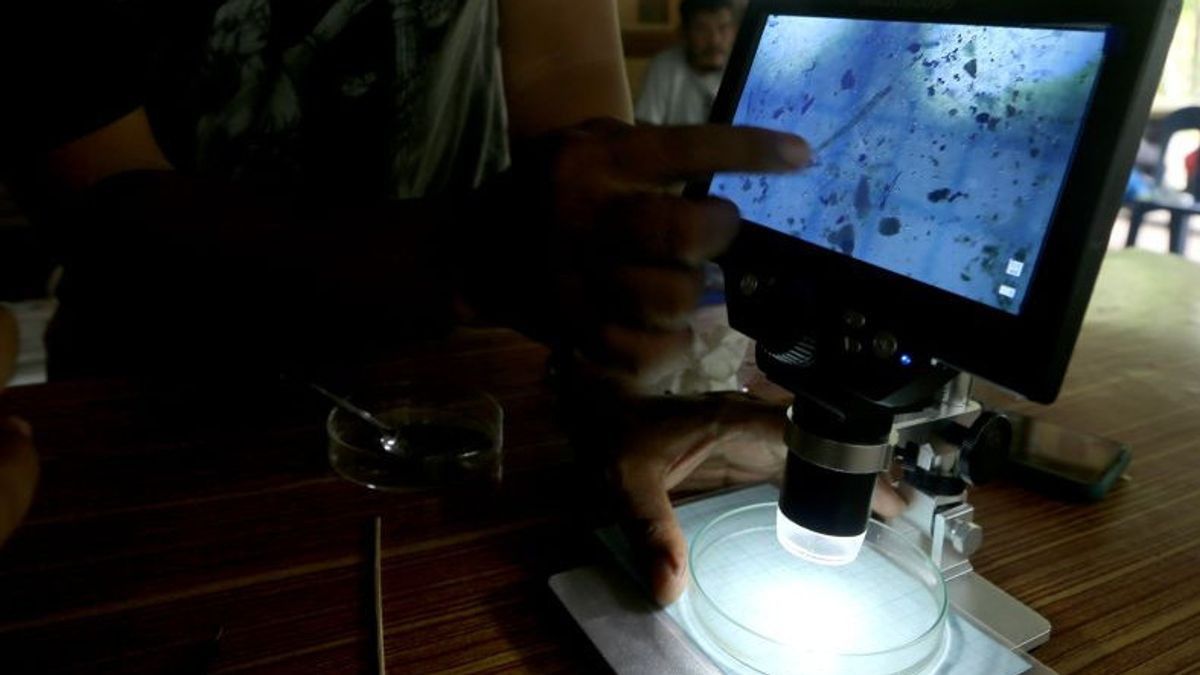YOGYAKARTA The existence of microplastics in consumption products and polluting marine biota has drawn the spotlight. The reason is, these pollutants are considered quite dangerous for living things, especially in humans. Unfortunately public awareness of the existence of microplastics is still lacking. Then, what is microplastic and how big is the danger to life?
In simple terms, the microplastic definition is pieces of plastic that are less than 4.8 millimeters in size. Some sources explain that microplastics is a plastic or fiber particle that is less than 5 mm or 2 inches in size. This microscopic measure makes plastic particles invisible to the naked eye.
Microplastic fiber can be in the form of synthetic fiber such as polyester, nylon, fiber, and fragments. For nylon and polyester materials, it is usually used as clothing material, furniture, fishing strings, and even fishing nets.
Quoted from the official website of the Bandung Institute of Technology, itb.ac.id, microplastics is distinguished into two types, namely primary and secondary.
The very small microplastic size makes it considered dangerous waste whose distribution is not easily monitored.
In Indonesia, microplastics can be found in marine waters, river sediments, coral reef environments, and can even be found in the stomach of fish. According to existing samples, the number of fish in Indonesia which contains microplastics is five times more than fish in America.
Types of microplastics in fish are mostly fiber and fragments. Both come from synthetic fibered clothes, fishing rods or fishing nets.
Researcher from the Geotechnology Research Center, National Research and Innovation Agency, Dr.rer.nat. Dwi Amanda Utami explained that when as many as 700,000 microplastic fibers can be wasted into the groundwater channel when someone washes 6 kg of synthetic fibered clothes. The fiber then ends up in the sea and pollutes the marine environment.
High plastic pollution will also have an impact on human health. Quoted from Hellodokter, here are the dangers of microplastic waste.
Microplastic type BPA is able to have a bad impact on fetal development. Exposure can occur when the fetus is still in the womb and increases the risk of birth defects, behavioral developmental disorders, to hormonal disorders of the baby.
Exposure to phthalate or phthalate in the fetus before birth can affect the development of male genitalia until the dry season. A baby boy who is exposed to the substance has great potential to be born with testes that have not dropped perfectly and are micropenis.
Microplastics can be found in food or drinks. When consumption ingredients containing microplastics are swallowed by humans in the long term, it will have an impact on the health of the intestines.
Even worse, exposure to this material will affect immune cells and trigger conditions called dysbiosis. This condition occurs when the gut microbiota is unbalanced and causes complications such as fungal infections to colon cancer.
The use of plastic has indeed been rooted in human life so it will be very difficult to avoid. However, you can make small changes, namely as follows.
That's information related to what microplastics is. To get other interesting information, visit VOI.ID.
The English, Chinese, Japanese, Arabic, and French versions are automatically generated by the AI. So there may still be inaccuracies in translating, please always see Indonesian as our main language. (system supported by DigitalSiber.id)









